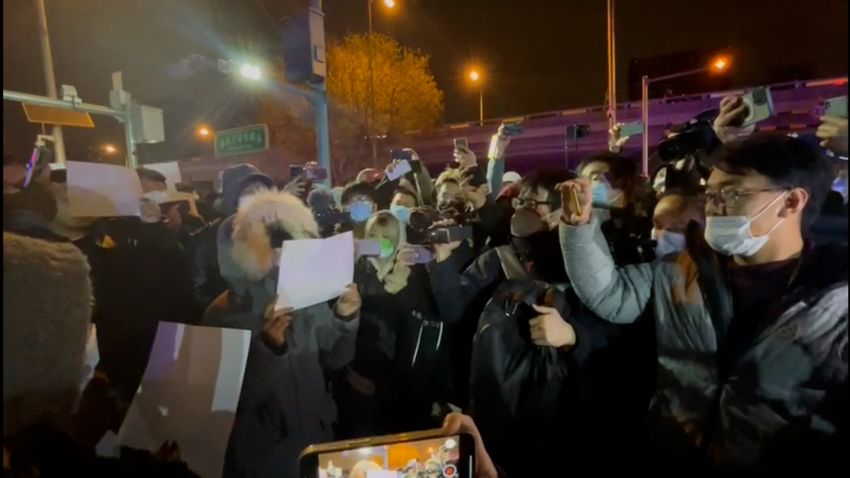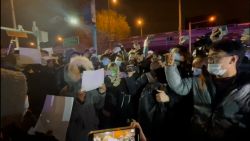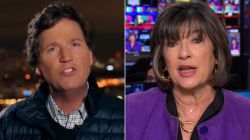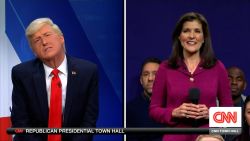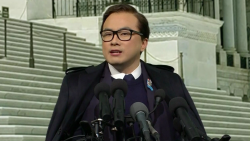The censors are working overtime in China.
In a rare show of anger at the Chinese Communist Party, thousands of protesters have amassed in the streets of more than a dozen Chinese cities in recent days calling for an end to strict Covid lockdown measures and political freedoms.
It is one of the top stories — if not the top story — for major news organizations around the world. But for the hundreds of millions in China relying on news coverage from state-run media, there has been almost no coverage of the unprecedented challenge to leader Xi Jinping.
That’s because Chinese media have largely ignored the uprising, considered to be one of the largest that has erupted in decades, as Xi employs a host of iron-fist measures to clamp down on coverage and quash the swelling acts of dissent in the authoritarian country.
A version of this article first appeared in the “Reliable Sources” newsletter. Sign up for the daily digest chronicling the evolving media landscape here.
On the homepage of the state-run Xinhua News Agency, for instance, there was not a single story about the demonstrations featured Monday. In fact, according to a search on its website, the word “protest” has not been used by the propaganda outfit in any digital stories since the protests broke out.
Xinhua is not an anomaly. Other state-run media outlets are also doing their best to wholly ignore the mass demonstrations, which have broken out in at least 16 cities. Mentions of the protests were absent Monday on the websites belonging to the People’s Daily and China Daily, two other prominent state-controlled media organizations.
Meanwhile, on television, CCTV “spent most of the morning covering the announcement of the planned launch of the Shenzhou-15 spacecraft to China’s space station on Tuesday,” The Guardian’s Jonathan Yerushalmy wrote.
“The lack of media coverage, due to Xi’s control, restricts the spread of information and helps, to some degree, prevent the protests from proliferating in an unbridled fashion,” Philip Hsu, a visiting fellow at Brookings and director of the Center for China Studies at National Taiwan University, said Monday.
Hsu left open the possibility that some of the coverage decisions could be due to self-censorship. “But this scenario,” Hsu said, “reflects an even more fundamental control by the Party than if there are the decrees, because the media have been deeply conditioned on what they can and cannot do without having to be instructed case by case.”
In a symbolic protest against the ever-tightening censorship, young demonstrators across China held up sheets of white paper — a metaphor for the countless critical posts, news articles, and outspoken social media accounts that were wiped from the internet.
The concerted effort by the state-run media to silence the protests and carry government messaging put on display the lengths Xi’s mouthpieces will go to crush dissent. It also raises questions about the effectiveness of his propaganda machine, given that the blackout in coverage has not been able to stamp out the growing protests or hide the truth from the world that is escaping the authoritarian grip via social media.
Perhaps that is why now state-run media is slightly altering its approach, in some cases featuring articles that appear aimed at quelling the unrest by suggesting the government will work to “refine” its hardline Covid strategies. The People’s Daily, for instance, carried a headline on its homepage that said “precision” is needed “as cities roll out optimized COVID response.” In other words, the uncompromising Covid restrictions need to be eased a bit.
Whether that tactic will work or not remains to be seen. But Hsu said, “no matter what happens,” the protests have already resulted in one “vital” change that will be “hard to roll back.”
“Individual citizens,” Hsu said, “now know that their resistance stands a good chance to be joined by others.”

